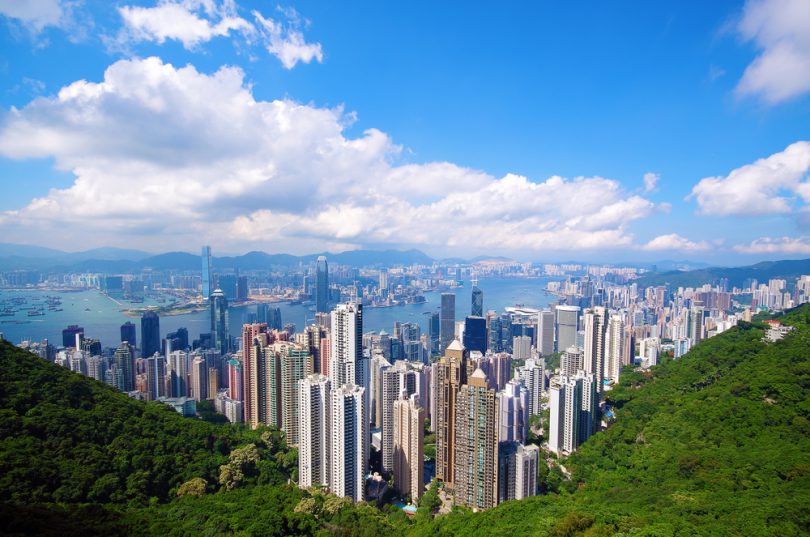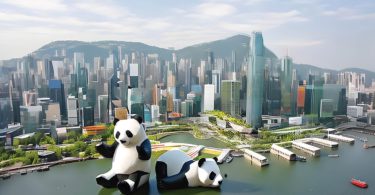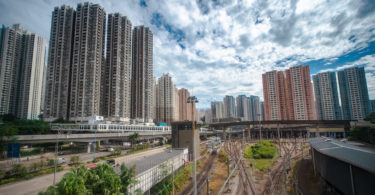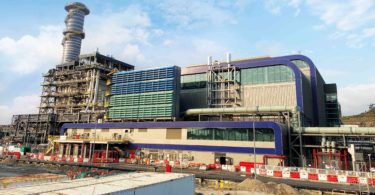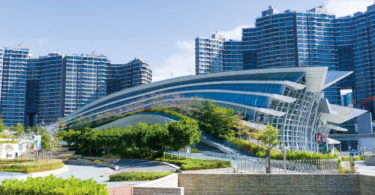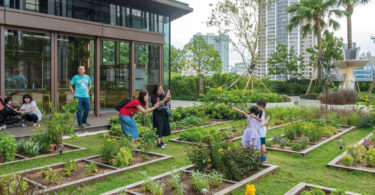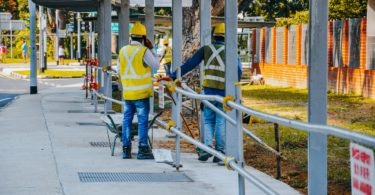By Mr Wong Kam-sing, GBS, JP
Current urban development plans need to account for an efficient use of space and a robust transportation system, especially for compact cities such as Hong Kong, where developable land is precious and expensive. Thus, mixed-used properties have become popular alongside effective and layered transportation networks—commonly referred to as transport-oriented developments. And with the world’s focusing on climate and carbon these few years, it is no surprise that building and transport developers have become key players to mitigate the adverse impacts on the environment—the building and transport sectors need to account for their contribution of carbon emissions and work towards decarbonisation.
The UN’s Intergovernmental Panel on Climate Change (IPCC) had issued a global red alert in its report released in August 2021. The world must take concerted actions to achieve deep decarbonisation without delay. As a member of the global community, Hong Kong must set for itself ambitious targets to achieve the same goal. Moving towards carbon neutrality can bring ample and diverse development opportunities, enhance Hong Kong’s competitiveness and support sustainable development. On 8 October 2021, the Government announced Hong Kong’s Climate Action Plan 2050, outlining the strategies and targets for combating climate change, achieving carbon neutrality and setting out the vision of zero-carbon emissions; liveable city; and sustainable development.
These collectively require a global transformative process. Therefore, Hong Kong’s cityscape and development approach should evolve in tandem with the trend towards carbon neutrality. Below are some ideas for the construction industry to work hand-in-hand with all stakeholders synergistically.
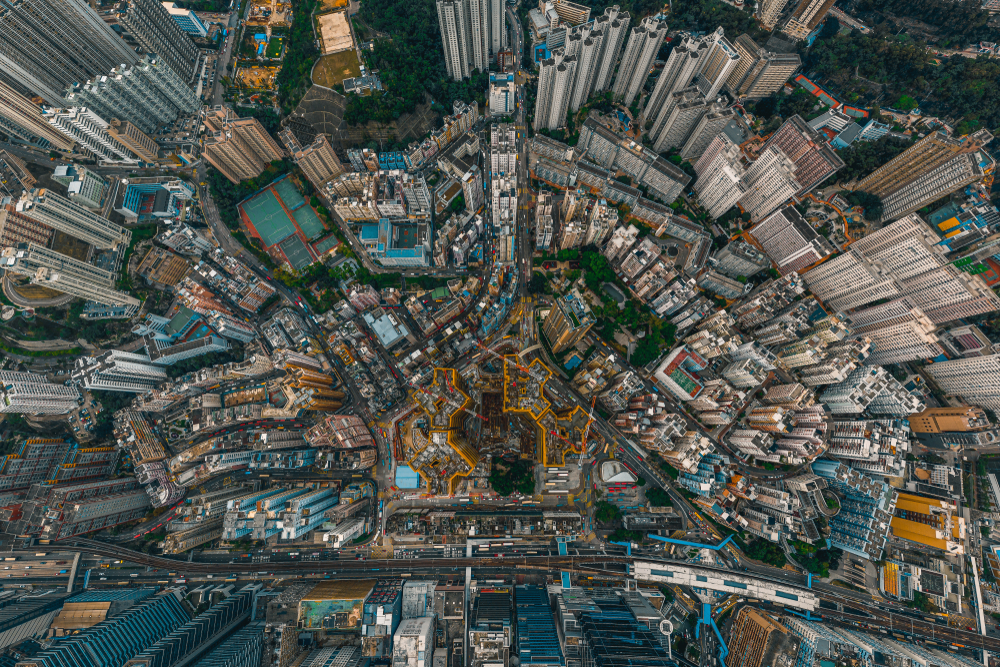
Three Areas for Enhancing the Quality of the Built Environment
Three primary carbon emission sources are electricity generation (energy), transport and waste. These three areas drive many opportunities to enhance the quality of Hong Kong’s built environment. Therefore, we have to work on those areas and the construction sector has to contribute.
For instance, Hong Kong implements the district cooling system (DCS) from Kai Tak to other new development areas. The development offers individual buildings the best opportunity to free up the workspace to enhance the quality of our built environment. For example, the building’s roof has to accommodate the air-conditioning units in the past, but with the DCS, the roof space could become a public open space, accommodate more greenery, or integrate more renewable energy systems. There are many opportunities for creativity and design in this sector. That is the first area we could work on.
The second is about Green transport. According to Hong Kong’s Electric Vehicles (EV) roadmap, the Government will electrify almost all transportation modes in town. As a result, the buildings and the built environment have to support the electrification process. With such a transformation, the air quality inside and outside individual buildings will be much better, which means better health and well-being.
The third is about waste. In order to have deep decarbonisation, there are three aspects to look at: energy, transport and waste. Hong Kong is starting to transform its waste and recycling facilities into something that are trendy, clean and could encourage the public to do more recycling, and at the same time, enhance the quality of the space.
Hong Kong is a high-density city; thus, implementing deep decarbonisation in our built environment is challenging. In planning for new development areas and urban renewal projects, the choice of design and construction methods should be considered from the environmental perspective to reduce embodied carbon emissions during the construction process.
This is an excerpt. The original article is published inConstruction+ Hong Kong Issue 25.
Subscribe to the digital edition or print magazine to read the complete article.

WONG KAM-SING, GBS, JP
Secretary for the Environment
As an architect by profession, Wong Kam-sing has promoted a sustainable built environment since the 1990s. He graduated from the Department of Architecture of the University of Hong Kong. He received further education on the sustainable built environment from Canada’s University of British Columbia. He was appointed as the Secretary for the Environment of the HKSAR Government in 2012. Before joining the Government, he has contributed to a number of Government advisory bodies. In particular, he had active involvement in the public engagement processes of the Council for Sustainable Development. In addition, he had served as the Vice Chairman of the Hong Kong Green Building Council and the Chairman of the Professional Green Building Council, contributing to the development of local standards and guidelines for a sustainable built environment.



